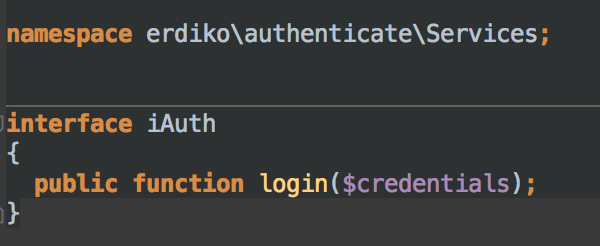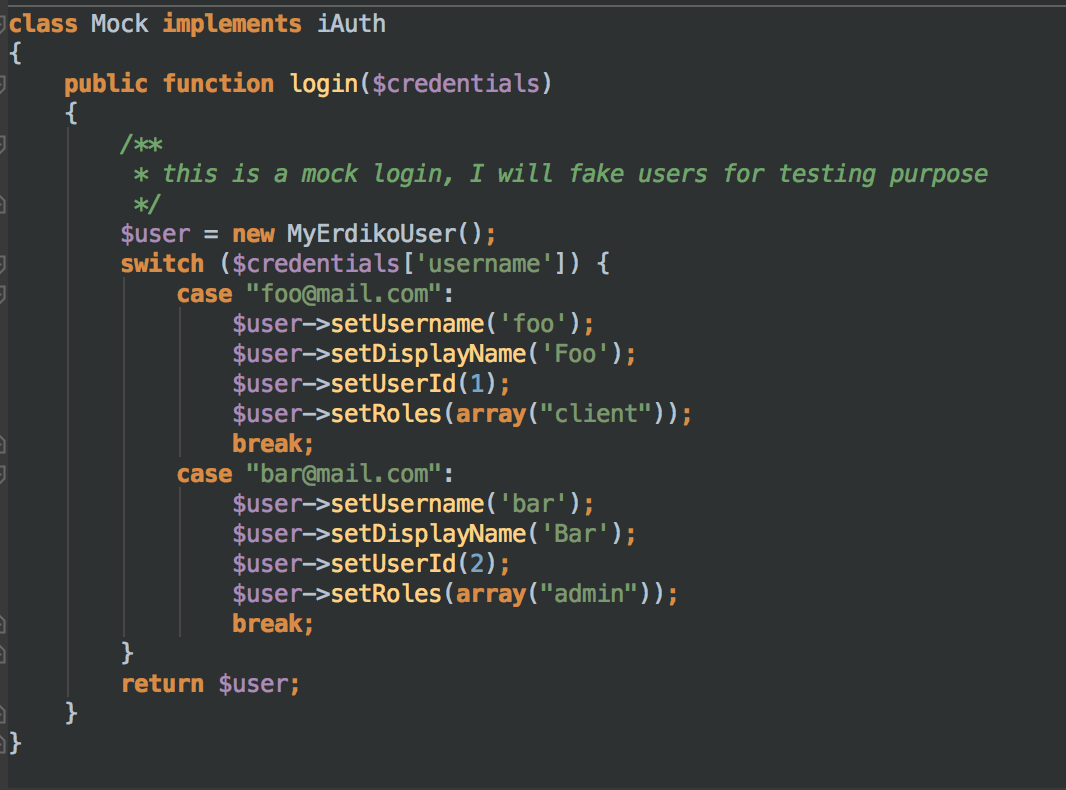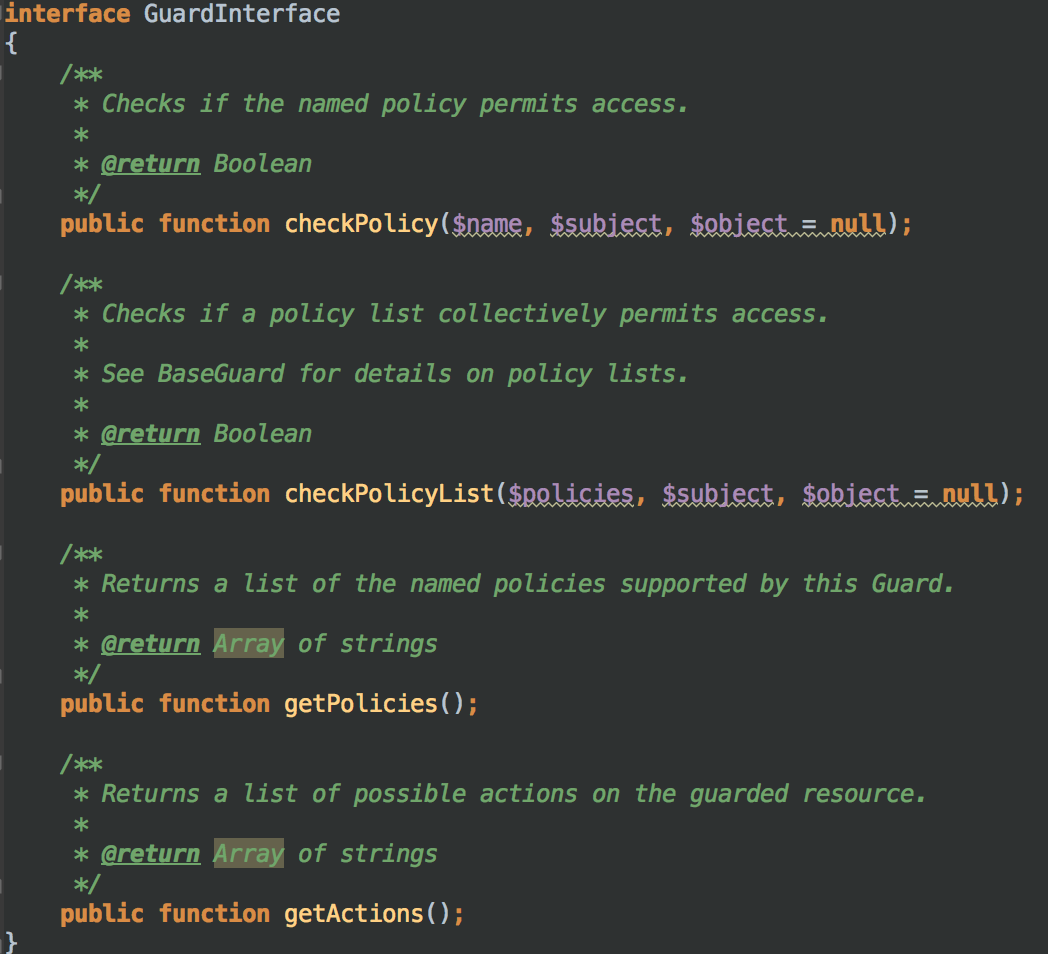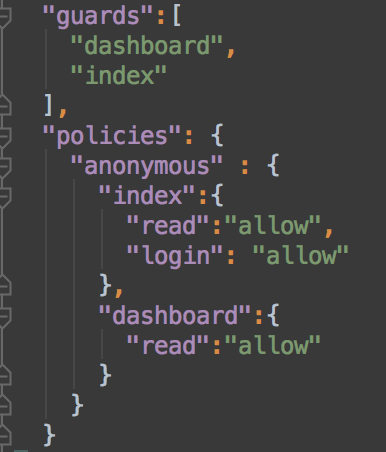More over, which is the difference between those two terms? Yeah, you got the point!
So now that I have your attention, let’s start by explaining what each is and how they are different and then how we can use both in our systems.
Difference between Authenticate and Authorize
We can roughly say, in the context of computer systems, authenticate is the process that ensures and confirms a user’s identity.
In other hand we can say that authorize or authorization, is the process responsible to determine the level of access that a user has in relation with a resource.
As you may already guessed, both of these should work together as a team.
That’s cool, but how to do that?
Let’s start with Authentication
Okay, starting from a very basic example, where you need to present two keys to the system, for example, username and password, where the first one will identify you and should be unique all system wide, and the other one would confirm that you are who you said you are.
Nowadays there are other architectures that requires multi-level security layers, tokens like oAuth, and so on, but I won’t go deeper on those in this post since this is just an overview.
So, going back to the previous example, you can tackle it at different level. That means, you can go with Sysadmins and request to keep .htaccess and .htpasswd files up to date, or you can choose to tackle at application level.
As you may guess, we will discuss the last one, programmatically. Here, again, we have a bunch of alternatives based on languages, patterns, etc.
My first thought when I had to work on that was, “why should I choose one? why not define an structure that let users select and implement the most appropriate for each project?”
Yeah, sounds great, but how can I accomplish it? Well, actually is not a big deal (unless you’re trying to reinvent the wheel), is just take a look at already implemented things. The Database layer was my inspiration.
Let me explain how so. I’ve started defining a minimal interface that any Authenticator class should implement, that way I ensure that my controllers will not be broken when I change the configuration.

As a second step, I’ve added another two interfaces, one that defines requires method to store and retrieve “session” record of current user, and the other that ensure we have at least a “login” method.

Finally, I mixed all this stuff in a basic atuhenticator class, that with the use of Dependency Injection pattern (Pimple in my case) allow us to load based on a config file, any authenticator class that implements our interfaces. That means, I can choose to authenticate against a plain text file, database record or oAuth server like Facebook or Twitter, I just need to implement the logic for the selected service and put it in a config file.

And what about Authorization?
The good news is there’s a lot of alternatives. The bad news is that most of then are not implemented for all languages, instead, it seems that each programming language pick one and discard the other.
Don’t worry, most of them can be categorized in one of those big groups:
- Role-based access control
from wikipedia
In computer systems security, role-based access control (RBAC) is an approach to restricting system access to authorized users. It is used by the majority of enterprises with more than 500 employees, and can implement mandatory access control (MAC) or discretionary access control (DAC). RBAC is sometimes referred to as role-based security.
Role-based-access-control (RBAC) is a policy neutral access control mechanism defined around roles and privileges.
- Access Level Control
from wikipedia
An access control list (ACL), with respect to a computer file system, is a list of permissions attached to an object. An ACL specifies which users or system processes are granted access to objects, as well as what operations are allowed on given objects. Each entry in a typical ACL specifies a subject and an operation. For instance, if a file object has an ACL that contains (Alice: read,write; Bob: read), this would give Alice permission to read and write the file and Bob to only read it.
- Identity Management
from wikipedia
In computer security, identity and access management (IAM) is the security and business discipline that “enables the right individuals to access the right resources at the right times and for the right reasons”. It addresses the need to ensure appropriate access to resources across increasingly heterogeneous technology environments and to meet increasingly rigorous compliance requirements.


This package also provides some basic implementations. I’ve chosen RoleAuthorizer that better match to my needs, because users used to have a role associated. However, you can use a SimpleAuthorizer that allows you to allow/deny access by user instead of group.

